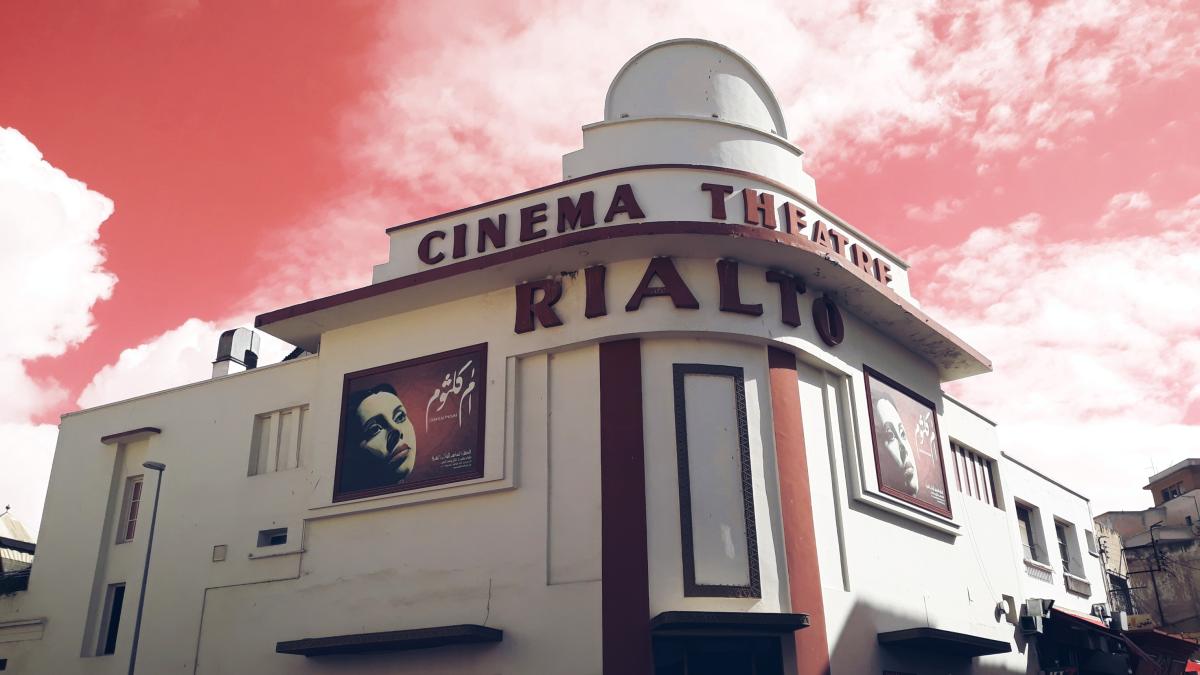
Moroccan Cinema and Film Industry: A Brief Overview
Morocco is a country with a rich and diverse cultural heritage, and its cinema reflects that. Moroccan cinema has a long history, dating back to the late 19th century, when the first film was shot by Louis Lumière in 1897. Since then, Moroccan cinema has evolved and developed, producing films that deal with various social, political, and cultural issues, as well as films that showcase the beauty and diversity of the country.
In this article, we will explore the history, characteristics, challenges, and achievements of Moroccan cinema and film industry. We will also highlight some of the most prominent Moroccan filmmakers and films that have made an impact on the national and international scene.
History of Moroccan Cinema
The history of Moroccan cinema can be divided into four main periods: colonial, post-independence, new wave, and contemporary.
Colonial Period (1897-1956)
During the colonial period, Morocco was under the French protectorate, and most of the films produced and directed in the country were by French filmmakers. These films often portrayed Morocco as an exotic and oriental land, with stereotypical images of deserts, camels, harems, and nomads. Some of these films include Peau d’âne (1904), L’Atlantide (1921), Le Grand Jeu (1934), and La Bandera (1935).
However, some Moroccan filmmakers also emerged during this period, such as Mohamed Ousfour, who made the first Moroccan film Le fils maudit (The Damned Son) in 1952. This film was a melodrama that dealt with the social problems of urbanization and migration. Another notable Moroccan filmmaker was Larbi Bennani, who made several documentaries and short films in the 1950s.
Post-Independence Period (1956-1979)
After Morocco gained its independence from France in 1956, Moroccan cinema entered a new phase of development and experimentation. The Moroccan Cinematographic Center (CCM) was established in 1944 as the nation’s film regulatory body, and it started to provide funding and support for Moroccan filmmakers. Studios were also opened in Rabat and Ouarzazate , which became a popular location for foreign productions.
Some of the themes that Moroccan cinema explored during this period were nationalism, identity, resistance, modernization, rural-urban migration, social change, and women’s rights. Some of the filmmakers that emerged during this period were Ahmed Bouanani , Mohamed Abderrahman Tazi , Souheil Ben-Barka , Abdelmajid R’chich , Moumen Smihi , Mostafa Derkaoui , Hamid Bennani , Abdelkader Lagtaâ , Farida Benlyazid , Hakim Noury , and Jillali Ferhati .
Some of the films that marked this period were De quelques événements sans signification (About Some Meaningless Events) by Mostafa Derkaoui in 1974, which was a meta-film that questioned the role and function of cinema in Morocco; Alyam Alyam (Oh the Days) by Ahmed El Maanouni in 1978, which was a realistic portrayal of rural life and migration; Transes (Trances) by Ahmed El Maanouni in 1981, which was a musical documentary about the popular band Nass El Ghiwane ; Les Mille et Une Mains (A Thousand and One Hands) by Souheil Ben-Barka in 1974, which was a social critique of the exploitation of artisans; Chronique des années de braise (Chronicle of the Years of Fire) by Mohammed Lakhdar-Hamina in 1975, which was a historical epic about the Algerian War of Independence; and Othello by Orson Welles in 1952, which won the Palme d’Or at the Cannes Film Festival under the Moroccan flag.
New Wave Period (1980-1999)
The new wave period was characterized by a diversification and renewal of Moroccan cinema, with new genres, styles, techniques, and themes emerging. The new wave filmmakers were influenced by various cinematic movements such as neorealism , nouvelle vague , cinema verite , third cinema , postmodernism , and feminism . They also experimented with different formats such as video , digital , animation , and short films .
Some of the themes that Moroccan cinema explored during this period were history, memory, identity, culture, religion, politics, violence, sexuality, gender, youth, and globalization. Some of the filmmakers that emerged during this period were Nabil Ayouch , Faouzi Bensaïdi , Daoud Aoulad-Syad , Narjiss Nejjar , Leila Marrakchi , Laïla Kilani , Yasmine Kassari , Hassan Benjelloun , Ismaël Ferroukhi , and Mohamed Mouftakir .
Some of the films that marked this period were Ali Zaoua, prince de la rue (Ali Zaoua, Prince of the Streets) by Nabil Ayouch in 2000, which was a poignant depiction of street children in Casablanca; Mille mois (A Thousand Months) by Faouzi Bensaïdi in 2003, which was a poetic and humorous portrait of rural life during Ramadan; Le Grand Voyage (The Big Journey) by Ismaël Ferroukhi in 2004, which was a road movie about a father and son’s journey from France to Mecca; Les Yeux secs (Dry Eyes) by Narjiss Nejjar in 2003, which was a feminist critique of the patriarchal system in a remote village; Marock by Leila Marrakchi in 2005, which was a controversial and provocative portrayal of the urban youth culture in Casablanca; and Pégase (Pegasus) by Mohamed Mouftakir in 2010, which was a psychological thriller about a woman who believes she was raped by a mythical creature.
Contemporary Period (2000-present)
The contemporary period is marked by a consolidation and expansion of Moroccan cinema, with more films being produced, distributed, and recognized nationally and internationally. The contemporary filmmakers are influenced by various cinematic trends such as realism , social drama , comedy , thriller , horror , fantasy , and science fiction . They also use various media platforms such as television , web , mobile , and streaming .
Some of the themes that Moroccan cinema explores during this period are identity, diversity, migration, diaspora, terrorism, corruption, social justice, human rights, democracy, and development. Some of the filmmakers that emerged during this period are Hicham Lasri , Nour-Eddine Lakhmari , Hicham Ayouch , Laila Marrakchi , Mohamed Achaour , Meriem Abou Eloula , Said Khallaf , Houda Benyamina , Alaa Eddine Aljem , Maryam Touzani , and Ayoub Layoussifi .
Some of the films that marked this period are Les Chevaux de Dieu (Horses of God) by Nabil Ayouch in 2012, which was a powerful and disturbing depiction of the 2003 Casablanca bombings; Casanegra by Nour-Eddine Lakhmari in 2008, which was a gritty and realistic portrayal of the underworld of Casablanca; Fevers by Hicham Ayouch in 2013, which was a touching and emotional story of a father-son relationship; Rock the Casbah by Laila Marrakchi in 2013, which was a witty and colorful comedy about a family reunion; Adam by Maryam Touzani in 2019, which was a moving and intimate drama about two women who bond over their struggles; The Unknown Saint by Alaa Eddine Aljem in 2019, which was a hilarious and absurd satire about a thief who buries his loot near a shrine; and Tinghir-Jerusalem: Les échos du Mellah (Tinghir-Jerusalem: Echoes from the Mellah) by Kamal Hachkar in 2013, which was a fascinating and personal documentary about the Jewish community that once lived in Tinghir.
Characteristics of Moroccan Cinema
Moroccan cinema is characterized by its diversity, creativity, originality, and relevance. Moroccan cinema reflects the complexity and richness of the Moroccan society, culture, history, and identity. Moroccan cinema also addresses the challenges and opportunities that Morocco faces as a developing country in a globalized world.
Some of the characteristics that define Moroccan cinema are:
- The use of multiple languages such as Arabic , Berber , French , Spanish , English , and Hebrew .
- The use of various genres such as drama , comedy , thriller , horror , fantasy , documentary , animation , and experimental .
- The use of various styles such as realism , surrealism , expressionism , symbolism , allegory , parody , satire , and metafiction .
- The use of various techniques such as handheld camera , long take , montage , flashback , voice-over , narration , music , sound effects , special effects , and CGI
- The use of various formats such as feature film , short film , TV film , web series , mobile film , and streaming film .
- The use of various media platforms such as cinema theater , TV channel , DVD , VOD , YouTube , Netflix , and Amazon Prime .
- The use of various sources of inspiration such as literature , poetry , theater , music , art , photography , history , politics , religion , mythology , folklore , and personal experience .
Challenges of Moroccan Cinema
Moroccan cinema faces many challenges that hinder its development and growth. Some of these challenges are:
- The lack of adequate funding and support from the state, the private sector, and the international community. The Moroccan Cinematographic Center (CCM) has a limited budget and a bureaucratic system that often delays or denies the funding of projects. The private sector is reluctant to invest in Moroccan cinema, preferring to import foreign films or produce commercial films. The international community is also selective and biased in its support, favoring certain filmmakers or themes over others.
- The lack of sufficient infrastructure and equipment for production, distribution, and exhibition. Morocco has a shortage of studios, cameras, lights, sound equipment, editing software, and other technical tools that are essential for filmmaking. Morocco also has a limited number of cinemas, especially in rural areas, and a weak distribution network that does not reach a wide audience. Moreover, Morocco faces competition from foreign films, especially Hollywood films, that dominate the market and the screens.
- The lack of qualified and skilled human resources for filmmaking. Morocco suffers from a lack of trained and experienced professionals in various fields of filmmaking such as scriptwriting, directing, acting, cinematography, editing, sound design, music composition, and production management. Morocco also lacks academic institutions and vocational training centers that offer specialized courses and degrees in filmmaking. Furthermore, Morocco faces a brain drain of talented filmmakers who migrate to other countries in search of better opportunities and recognition.
- The lack of creative freedom and artistic expression for filmmakers. Morocco has a restrictive and ambiguous censorship system that limits the content and form of films. Filmmakers have to obtain authorization from the CCM before shooting their films, and they have to submit their final products to the CCM for approval before screening them. The CCM can ban or cut any film that it deems offensive or harmful to the public order, morality, religion, or national security. Filmmakers also face social pressure and criticism from various groups and individuals who may disagree with their views or representations.
Achievements of Moroccan Cinema
Despite these challenges, Moroccan cinema has achieved many successes and accomplishments that demonstrate its potential and vitality. Some of these achievements are:
- The production of a large number of films that cover a wide range of topics and genres. According to the CCM , Morocco produced 25 feature films , 40 short films , 15 documentaries , and 5 animation films in 2019 . These films deal with various issues such as identity , migration , terrorism , corruption , women’s rights , youth culture , history , religion , fantasy , and comedy .
- The recognition and appreciation of Moroccan films by national and international audiences and critics. Moroccan films have won many awards and honors at various film festivals and events around the world. For example, Sofia by Meryem Benm’Barek won the Best Screenplay Award at the Cannes Film Festival in 2018 ; Burnout by Nour-Eddine Lakhmari won the Best Film Award at the Tetouan Mediterranean Film Festival in 2018 ; Razzia by Nabil Ayouch won the Audience Award at the Rotterdam International Film Festival in 2018 ; Volubilis by Faouzi Bensaïdi won the Best Director Award at the Venice Film Festival in 2017 ; Much Loved by Nabil Ayouch won the François Chalais Prize at the Cannes Film Festival in 2015 ; Horses of God by Nabil Ayouch was nominated for the Best Foreign Language Film at the Academy Awards in 2014 ; Death for Sale by Faouzi Bensaïdi won the Jury Prize at the Berlin International Film Festival in 2012 ; Casanegra by Nour-Eddine Lakhmari won the Golden Star at the Marrakech International Film Festival in 2008 ; Ali Zaoua by Nabil Ayouch won the Grand Prix at the Amiens International Film Festival in 2000 ; and Chronicle of the Years of Fire by Mohammed Lakhdar-Hamina won the Palme d’Or at the Cannes Film Festival in 1975 .
- The contribution and influence of Moroccan cinema on other cinemas and cultures. Moroccan cinema has inspired and collaborated with other filmmakers and artists from different countries and regions. For example, Martin Scorsese shot parts of his films Kundun (1997) , The Last Temptation of Christ (1988) , and The Man Who Would Be King (1975) in Morocco; Ridley Scott shot parts of his films Gladiator (2000) , Black Hawk Down (2001) , Kingdom of Heaven (2005) , Body of Lies (2008) , Exodus: Gods and Kings (2014) , and All the Money in the World (2017) in Morocco; David Lean shot parts of his film Lawrence of Arabia (1962) in Morocco; Orson Welles shot parts of his film Othello (1952) in Morocco; and James Bond films such as The Living Daylights (1987) , The Spy Who Loved Me (1977) , and Spectre (2015) featured scenes in Morocco. Moroccan cinema has also influenced other filmmakers and artists such as Abdellatif Kechiche , Fatih Akin , Asghar Farhadi , Mira Nair , Spike Lee , Madonna , Coldplay , and U2 .
Conclusion
Moroccan cinema is a vibrant and dynamic cinema that reflects the diversity and complexity of the Moroccan society, culture, history, and identity. Moroccan cinema has a long and rich history, spanning from the colonial period to the contemporary period, producing films that deal with various social, political, and cultural issues, as well as films that showcase the beauty and diversity of the country. Moroccan cinema has also faced many challenges that hinder its development and growth, such as the lack of funding, infrastructure, human resources, and creative freedom. However, Moroccan cinema has also achieved many successes and accomplishments that demonstrate its potential and vitality, such as the production of a large number of films that cover a wide range of topics and genres, the recognition and appreciation of Moroccan films by national and international audiences and critics, and the contribution and influence of Moroccan cinema on other cinemas and cultures. Moroccan cinema is a cinema that deserves to be seen, heard, and celebrated.
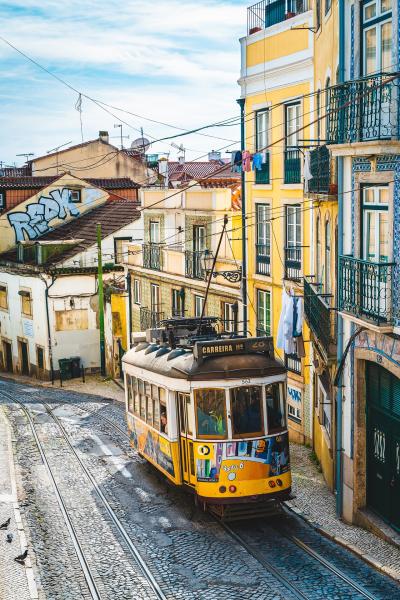
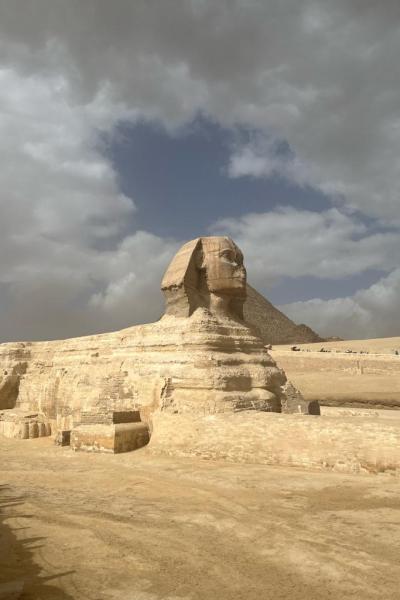
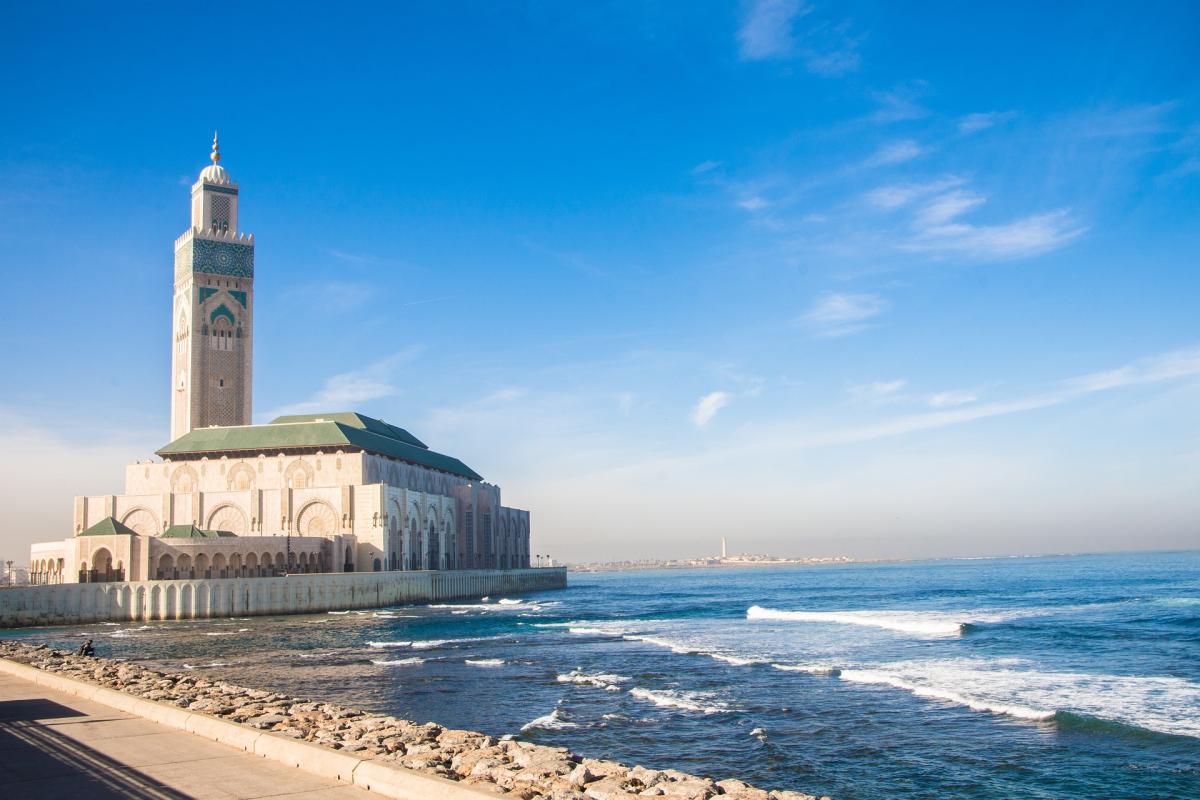
Morocco is a country of dazzling diversity, a place where the senses are awakened by the scent of spices in a bustling souk, the sight of the sun setting over the vast Sahara, the taste of sweet mint tea, and the ancient call to prayer echoing through a labyrinthine medina. It is a destination that offers...
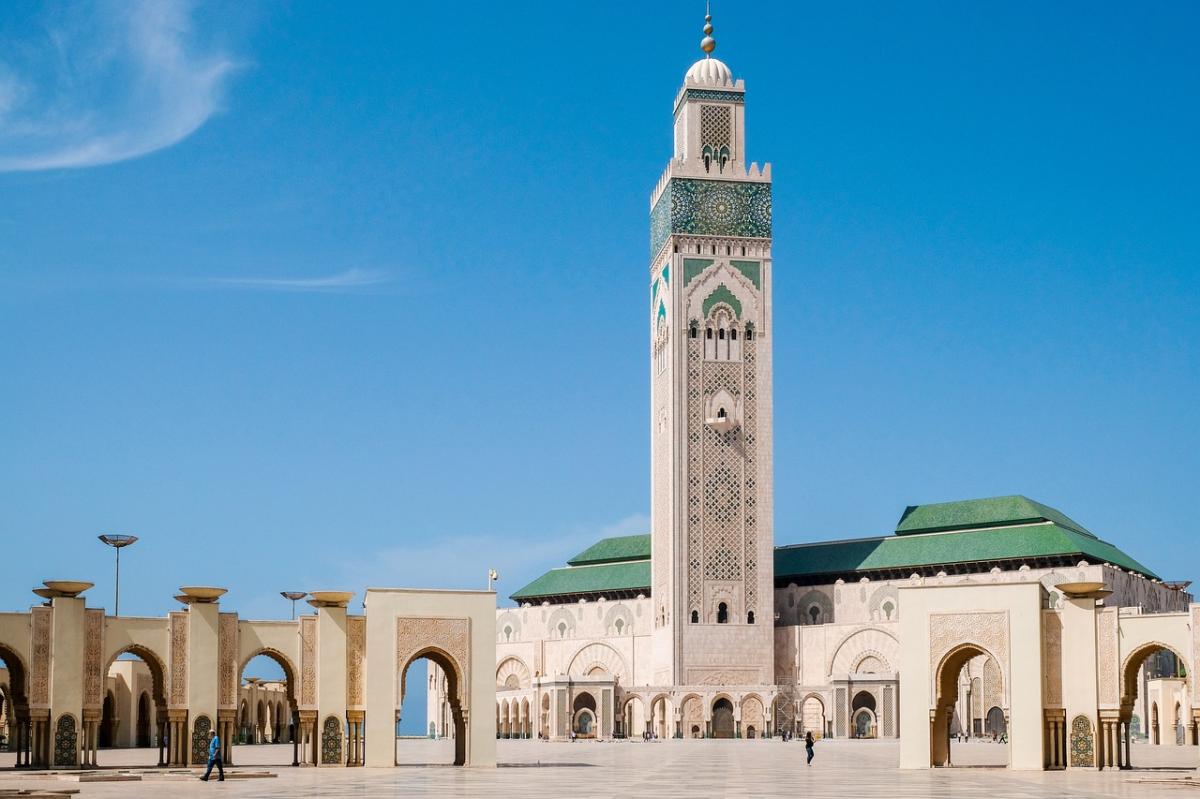
Morocco is a country that captivates the imagination of many travelers. It is a land of contrasts, where ancient and modern coexist, where mountains and deserts meet, where Arab and Berber cultures blend, and where Africa and Europe touch. Morocco is a place where you can experience the richness of history,...
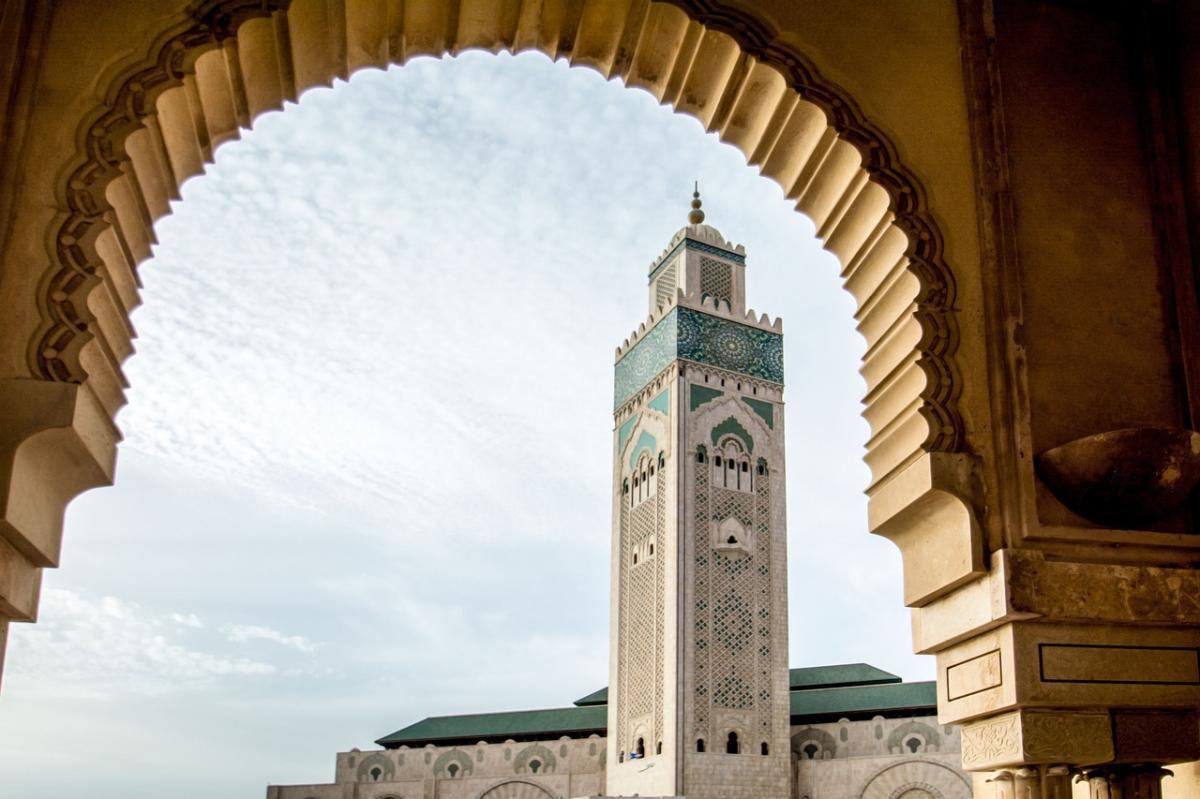
Casablanca is one of the most exciting cities in Morocco. It is a vibrant, lively city with plenty to offer visitors and locals alike. Situated on Moroccos Atlantic coast, Casablanca offers a unique blend of old-world charm and modern convenience that makes it an exciting place to explore. As the largest...